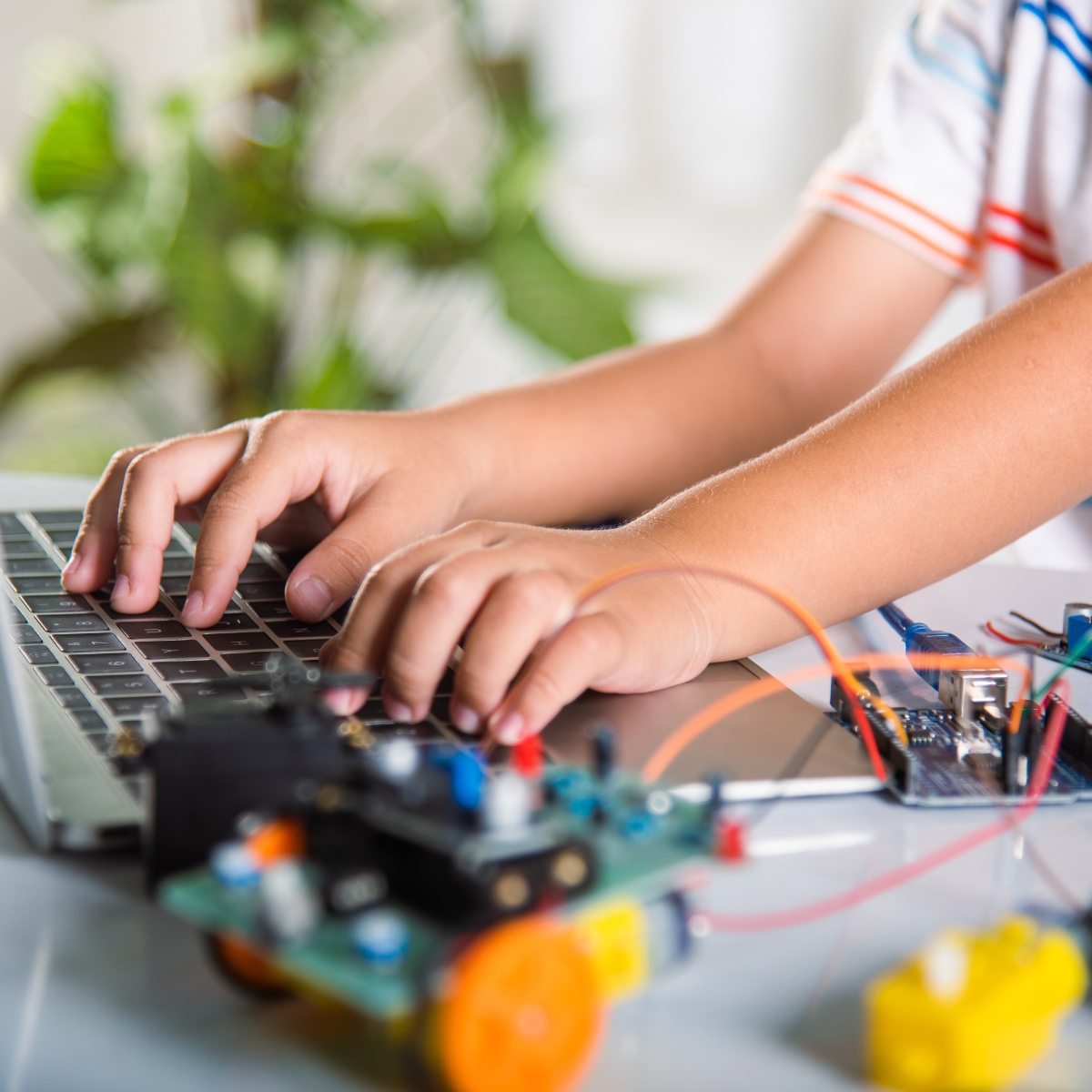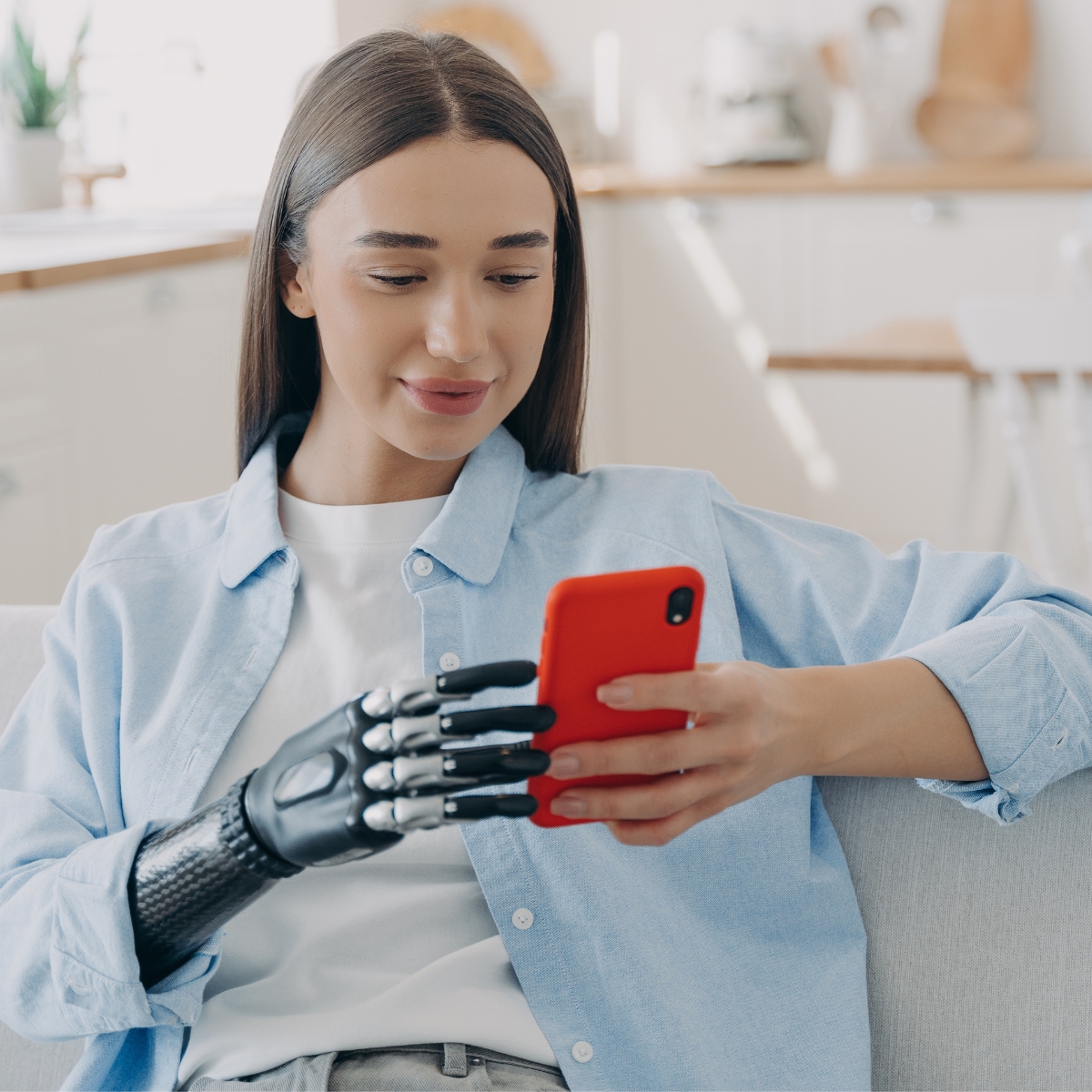Prosthetic hands, commonly referred to as bionic hands, have been areas of innovation in the past years that have brought independence to people living with limb differences. With this bionic hands’ innovation, sophisticated engineering has been involved to combine and implement complex movements and feelings, just like those of a natural hand.
Among the most important breakthroughs of the bionic hand is that of advanced sensors and actuators. These components are what allows for the user to execute activities that range from rather fine operations to much more demanding ones like the lifting of weights, all through the appropriate sensing of electrical signals from the remaining muscles of the user and translating them into fine movement points for the bionic hand. It has revolutionized the ease with which users interact with the prosthesis by naturally intending their actions and the perfectly smooth coherence of the user’s nervous system with the device in a natural way.
Another vital implementation in bionic prosthetic hands is with the embedding of tactile feedback. Earlier days’ prosthetic hands were without sensing; this was the reason for a lack of understanding of force being used by users. On the other hand, more recently, there are haptic feedback systems that have come up giving the user the capability to feel. These can be used in simulating the texture, weight, and firmness of an object using vibration or pressure sensors, thereby greatly enhancing user interaction with their environment in a more natural way.
The other key determinant of how well bionic hands work is customization. Modern developments in prosthetics have led to an extent where they should now be considered fully customized depending on the user’s needs and preferences. Advances in 3D printing in the manufacture of prosthetic hands created devices that truly fit and are characteristic of the user. Such customization not only furthers the functionality of the prosthetic but also boosts the user’s confidence and comfort.
What is gained from bionic hand technology goes beyond considerations of mere physical functionality. In many users, the reinstigation of the ability to carry out mundane tasks independently proves to be a giant factor in their mental and emotional well-being. The experience of being able and empowered that comes from its use goes a long way to make more-dignified lives possible by boosting self-esteem and increasing social engagement.
But notwithstanding some of these amazing facts, problems and issues remain. It still is inaccessible or unaffordable to a number that is too much. Further research and development must go on apace if more people are to benefit from a bionic hand that will change their lives.
Specifically, the bionic hand technology keeps renovating and remodeling in super strides in this bid to better the independence and quality of life for people who are limb different. Continued innovation and a tight focus on user-centered design mean that there is so much more to come for those whose lives depend on these remarkable devices.
TheXpress content sharing platform | make your content go viral! | dm@thex.press Connect with Us!








